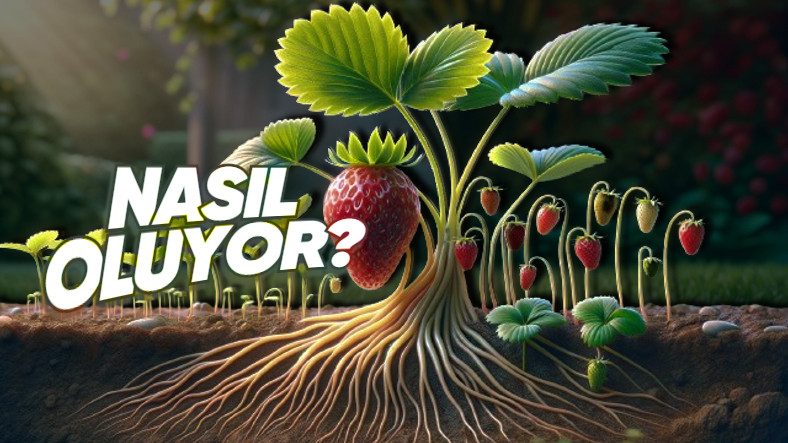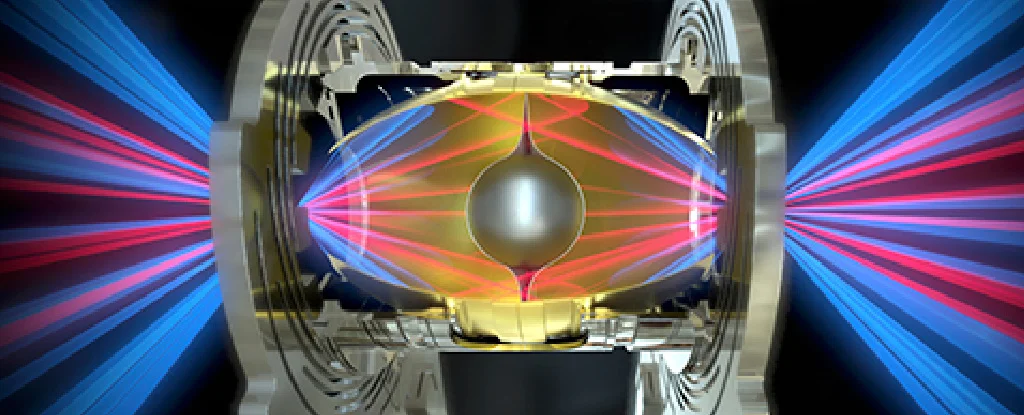Living things reproduce to continue their lives and give birth to new beings similar to themselves. Like with people in animals and plants This reproduction takes place naturally. But contrary to popular belief, they all reproduce differently.
This reproduction does not take place in one way. Just like the sexual reproduction that takes place in us, it can be replaced by asexual reproduction in other living things. You wonder how asexual reproduction happens and think “this”. ‘asexual reproduction If you are thinking: “In what living things is it seen?”, Let’s explain right away.
Let’s start with the basics: what is asexual reproduction? How is that possible?
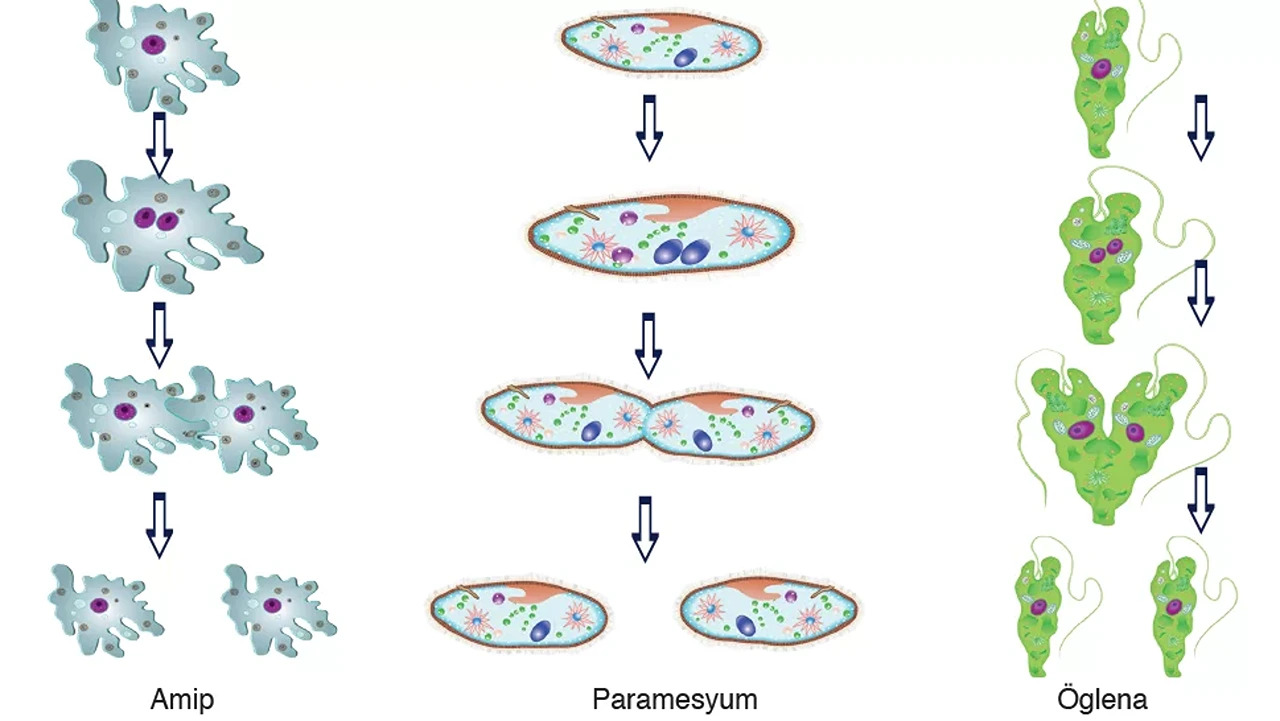
What you see in the image above is asexual reproduction. As you can see, they don’t have a partner to reproduce. Every living thing plays its part in this type of reproduction that we became familiar with in biology classes. Basically reproduction takes place in two ways: sexual and asexual. While sexual reproduction occurs with a partner, fertilization does not occur in asexual reproduction. In other words, we can say that it is a form of reproduction in which a new organism, derived from a single organism, carries only the genetic material of that organism.
In this case, the new individual that emerges is virtually a genetic copy of the parent organism, and this similarity occurs at exactly the same level. So for this kind of breeding a genetic replica of the parent organism We can also say.
Which creatures reproduce asexually?
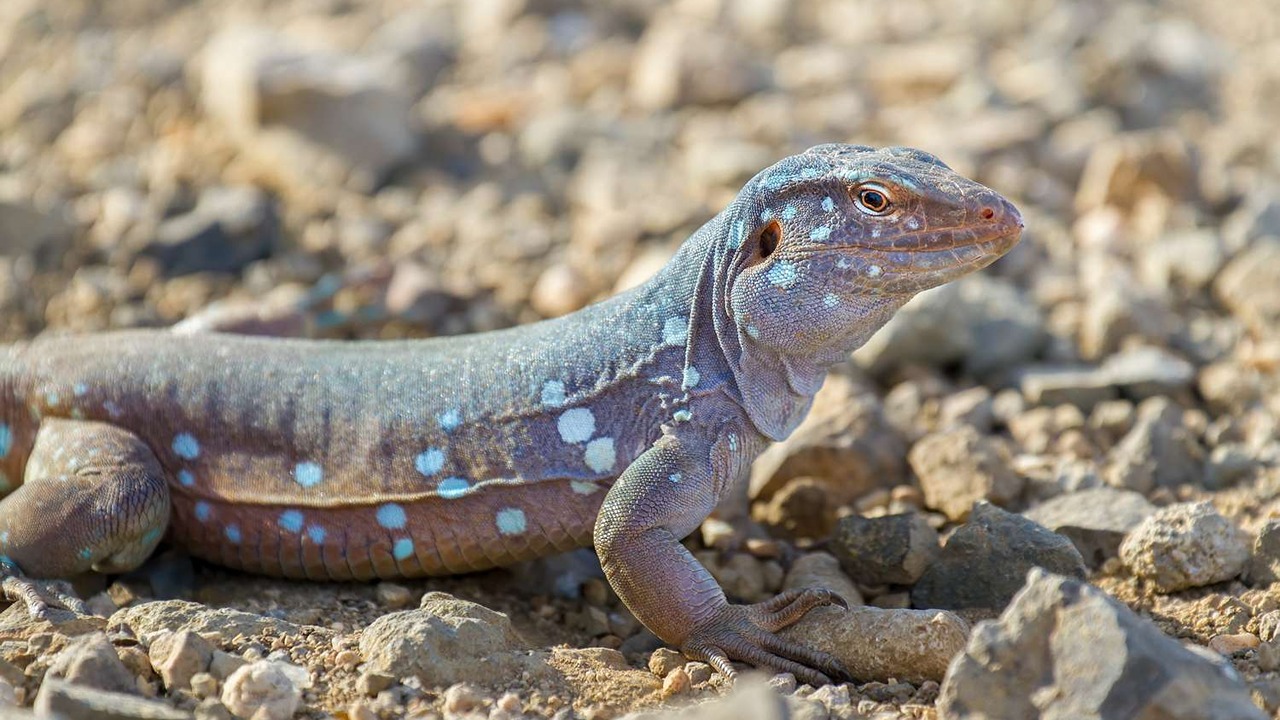
- Bacteria and archaea: Prokaryotic organisms at the microscopic level can reproduce for thousands of years by dividing without exchanging genetic material. This also gives them the advantage of being able to quickly adapt to changes in the environment.
- Unicellular organisms: Unicellular organisms such as amoeba, paramecium and euglena are divided into asexual reproduction types, such as division in two and reproduction by spores.
- jellyfish: These creatures can also create new individuals using their unfertilized eggs.
- Hydra and sea anemones: These invertebrates reproduce by budding. The resulting buds can detach from the parent organism and live independently.
- Mushrooms: They use the reproductive mechanism with spores. Spores covered with a strong cover develop under suitable conditions and form new individuals.
- plants: Organisms such as some non-flowering plants, ferns and mosses reproduce by spores.
- Arthropods: In arthropods such as bees, ants and aphids, the formation of a new individual from an unfertilized egg is observed.
- reptiles: Some reptile species also prefer asexual reproduction through parthenogenesis. In these species, the female can reproduce by laying eggs without fertilization.
Asexual reproductionIn the simplest terms, it is a type of reproductive strategy used by living things to bring new beings into the world. This strategy can play a role in a variety of situations that organisms encounter. Above we have collected the creatures that use this method of reproduction and that we know from biology lessons.
To adapt to environmental conditions and evolutionary pressures, these creatures asexual reproduction They make it happen.
If you thought asexual reproduction was uniform, you were wrong. There are also variants of this.
- dichotomy
- Budding
- Regeneration
- reproduction by spores
- Parthenogenesis
As you can see, living things reproduce in many ways and there is more than one form of asexual reproduction. While dichotomy is observed in organisms with prokaryotic cell types, such as bacteria and archaea, and in unicellular organisms with eukaryotic cell types, such as amoeba, paramecium and euglena; budding, in single-celled organismsIt is seen in invertebrates such as hydra, coral and seedless plants.
Regeneration It is a phenomenon in which the severed body parts of some creatures, such as starfish and lizards, replenish themselves and transform into new individuals. parthenogenesisIt is seen in arthropods, bees, ants, aphids, frogs, reptiles and some birds.
Examples of asexual reproduction:
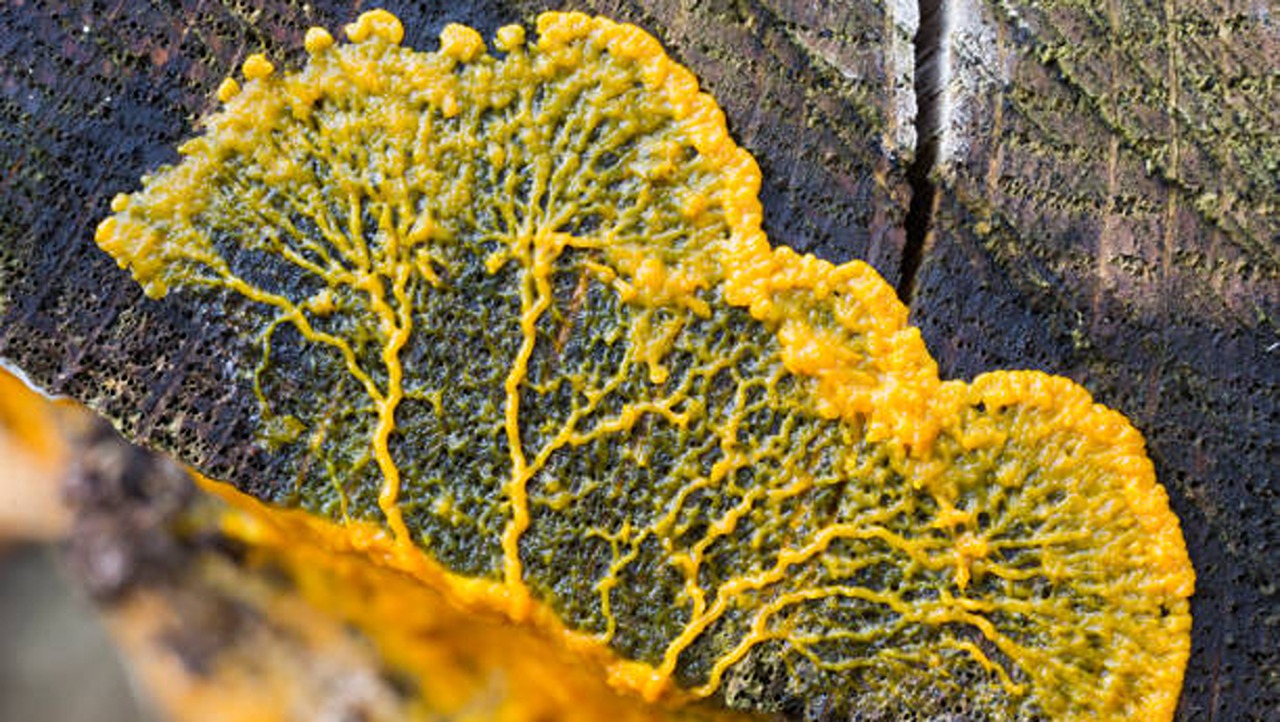
slime mold
- bacteria
- slime mold
- Whiptail lizards from New Mexico
Bacteria reproduce by binary fission. The parent bacterial cell makes a copy of the DNA and produces two identical clone cells. Then with chromosome separation DNA is pulled to opposite poles of the cell and in cytokinesis the cell divides in two.
slime moldIt forms stalked reproductive bodies that contain spores, and the cells undergo meiosis. It thus produces haploid spores that are dispersed by the wind. Under favorable conditions, the spore germinates and releases a haploid cell. When cells come together in a structure called a pseudoplasmodium, fruiting bodies are produced.
New Mexico whiptails are entirely female lizards. and they reproduce via parthenogenesis. They produce diploid offspring by doubling the number of chromosomes.
Finally asexual reproductionAlthough it is one of the strategies of living beings to adapt to different situations and maintain their populations, it should not be overlooked that the advantages and disadvantages of this situation vary depending on factors such as the environmental conditions encountered organisms encounter, the levels of genetic diversity and competition between species.
Sources: Biology Online, UH Pressbooks
Our other content related to reproduction:
Follow Webtekno on Threads and don’t miss the news







